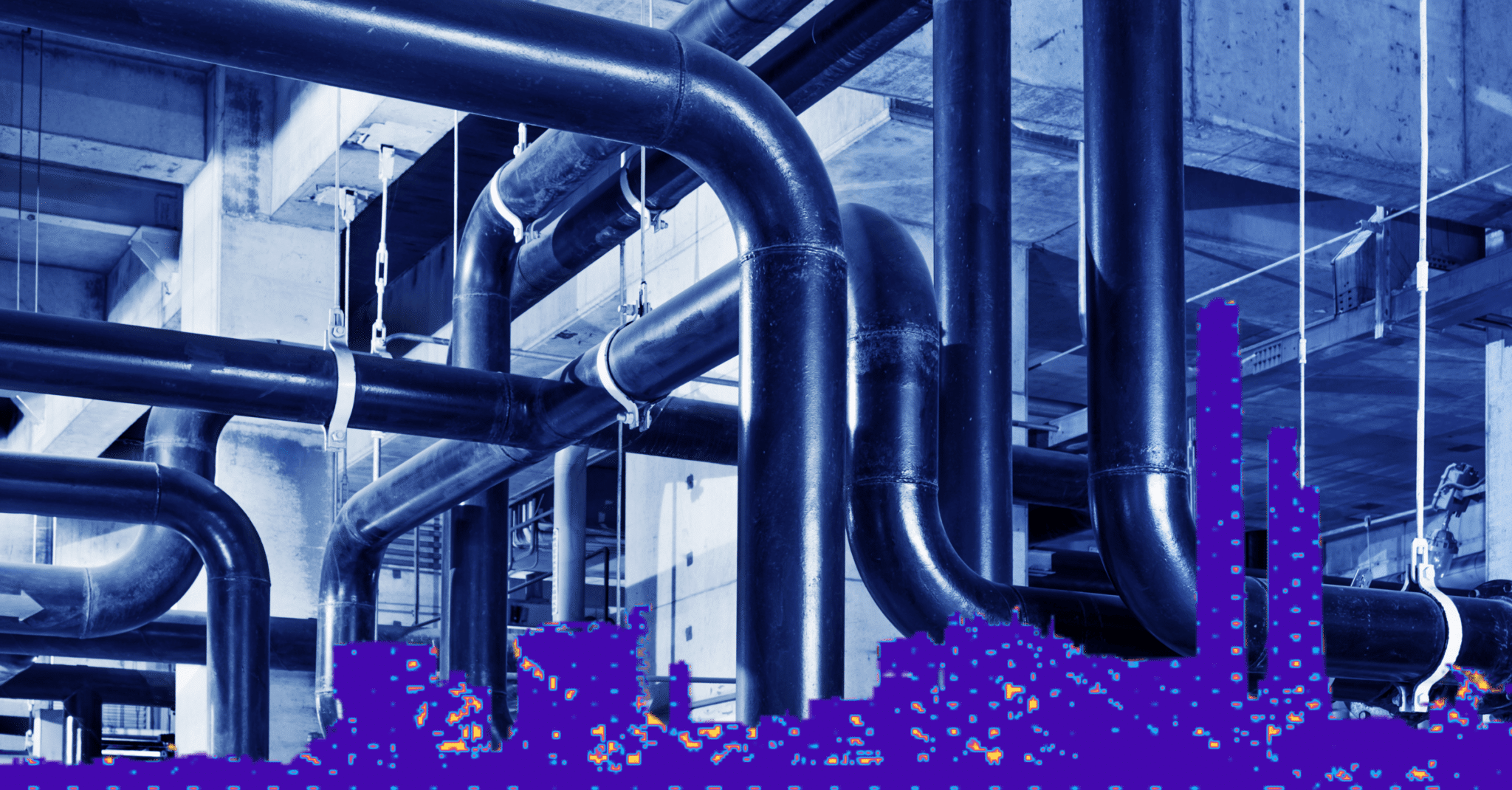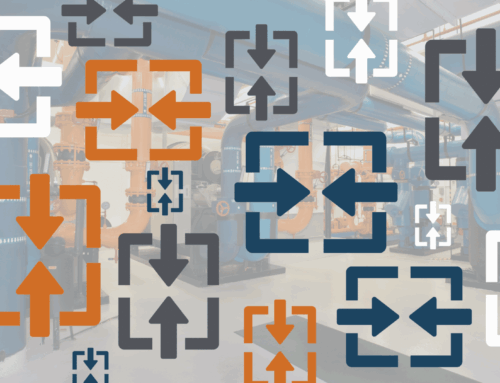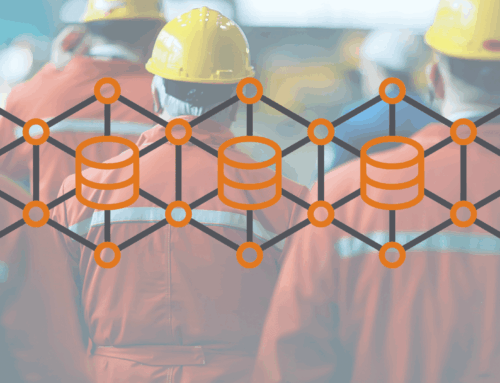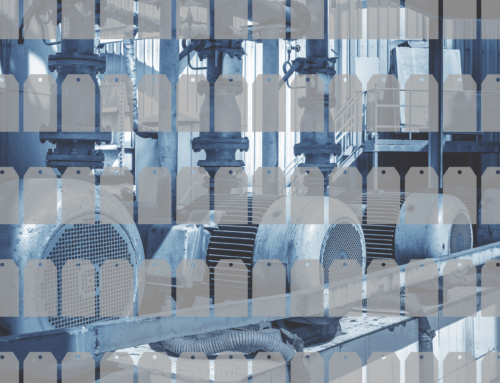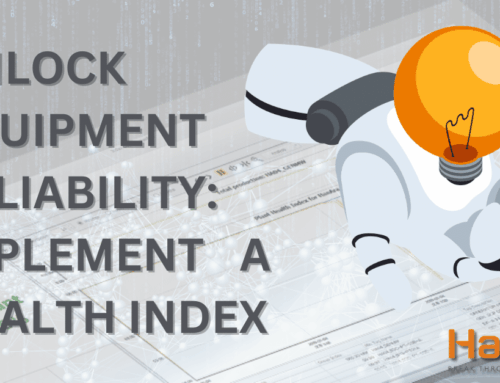In daily life, we want people and things to be reliable. This desire for reliability is so strong that many times it becomes an expectation and something we take for granted. For example, when I wake up to go to work, I don’t worry about whether my car will turn on. I don’t check on my car before getting in or have a backup plan at the ready if it doesn’t start. Instead, every morning, I grab my keys, run to the car, and off I go. Only on those days when my battery is dead, or I get a flat tire do I think about the fact that my car is not 100% reliable.
In personal interactions, we also tend to build relationships with people we consider reliable. For example, when you’re putting together a soccer team, you want members who have a strong kick or are fast, but the first requirement is confidence that they’ll show up. No matter how good a person is at playing at soccer, if they don’t show up to the game, you’ll never win a game. In order to win a game, you must be able to play the game. And in order to play the game, you must have enough players.
Though we tend to unconsciously incorporate reliability into personal decision-making, plants actively and consciously focus on reliability. Unlike a soccer game where you might lose bragging rights, an asset or piece of equipment that doesn’t show up represents lost production, lost money, and a potential safety hazard. When thinking about how to increase asset reliability, here are some things to keep in mind:
Importance of Design
Car manufacturers recommend changing your oil at regular intervals and using different types of oil as your vehicle ages. If I decide to not change my oil, that doesn’t mean that my engine will immediately stop working, but it has the potential to hurt my engine or even result in a catastrophic failure.
Like your vehicle, your equipment and machines in the plant behave the same way. You may choose to operate or maintain your assets outside of the recommendations and that doesn’t necessarily lead to the asset immediately failing. The problem is that when you operate your assets off design/specs, you open your plant and organization up to potential for a higher failure risk.
If you decide to operate off design or specs, make sure you are aware of the potential hazards and clearly document the changes that are made. It’s better for you and your organization to have a clear understanding of the impact on reliability so that you can decide with more information about whether to proceed. In addition, don’t forget about the asset lifecycle. What may have been true when first implemented may not reflect your current environment or potential.
Reliability for All
Reliability should not just be a concern of the engineering or maintenance department. Asset reliability should be a concern for all layers of the organization. When assets are down during unscheduled times, you lose production, time, and money. The link between reliability and organizational success and goal achievement is correlated.
This doesn’t mean that all members of your organization should be reliability experts. Instead, members should understand how the company’s view on reliability and the resources provided will impact the organization overall. Like in a soccer game, if the equipment doesn’t show up , no one in the organization will win. You might also be surprised how different departments can bring new ideas or perspectives on how to improve reliability.
Monitor Your Equipment
There’s no sensor that measures your asset or plant reliability. Even if you had a sensor that did this, what would you do with that information? You need additional data and information to make a change. This is where people, technology, and data must work together.
By monitoring your equipment’s current operation compared to previous times, you can identify areas of improvement. This would be a significant amount of work for a single person or even a group of people. As a result, look to technology to help you digest and analyze your data to provide you with actionable information.
The final and most important step though is execution. You will need to act in order to improve reliability. The assets on their own won’t make the corrections or improvement. This can include making changes to your maintenance strategy or how you run operations. By using people, technology, and data, you’re able to increase asset reliability.
Next Steps
Just like reliability is a concern of the entire organization, reliability should be a main concern for your industry whether you’re in power generation, manufacturing, or water/wastewater. So, start talking about it more in your organization, but also start participating and sharing in the reliability discussion both online and offline. We look forward to hearing from you.
We are here to help you on your journey to improved asset reliability with advanced data management and predictive maintenance solutions. Reach out to learn more!
